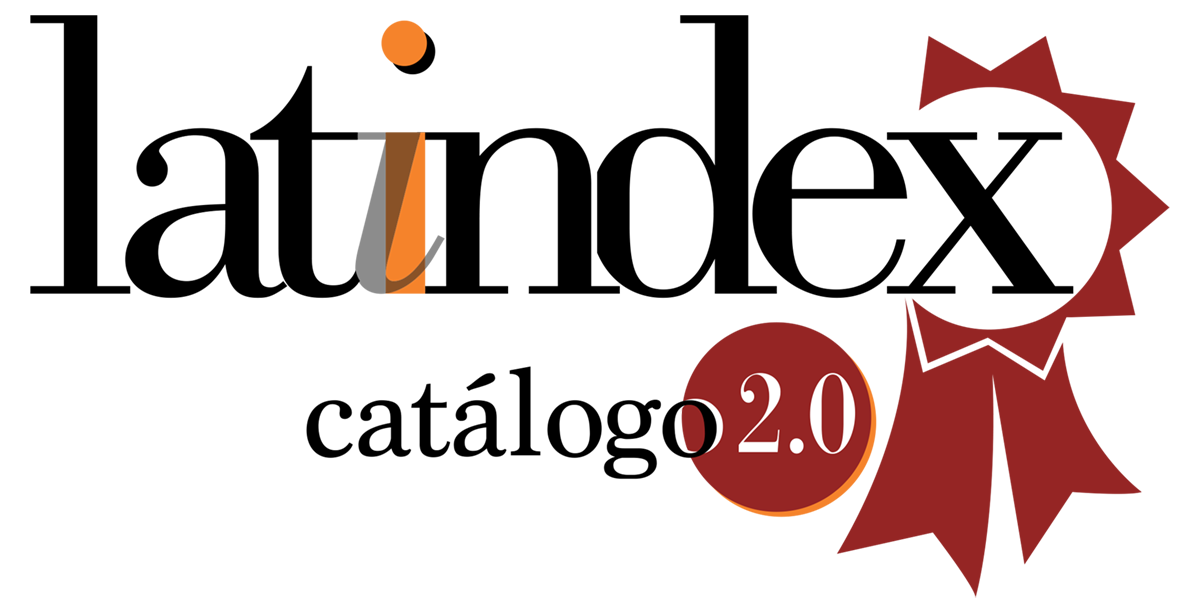Differential study of male mortality from homicide in Belo Horizonte from 1980 to 2005
DOI:
https://doi.org/10.5935/2316-9389.2011.v15.50412Keywords:
Male, Mortality, Homicide, AggressionAbstract
In recent decades, an increase in the homicide trend altered the pattern of male mortality mostly amongst young adults. This study aimed to evaluate the homicide trend in Belo Horizonte between 1980 and 2005. It used secondary data from the Mortality Information System. The subgroups from the IX and the X Review were selected according to the age and the year of occurrence. The only exclusion criteria adopted was the absence of data regarding age. The proportional mortality, the specific mortality rates, the percentage and the increments and decrements were calculated. The trend was examined by linear regression statistical analysis and hypothesis testing with a significance level α <0, 05. The results showed higher percentages in mortality from homicide in the age group 10-49 years old and a higher percentual increase in the age group 10-19 years old. It was observed an rise in the mortality trend rates during the period from 1980 to 2005 (p <0, 05), with a higher angular coefficient from 1996. The increase in the mortality coefficient was more significant in the younger age groups; while there was a stabilizing tendency in the age groups equal or above to 70 years of age. The high mortality rate among young adults suggests the aggravation of this problem in the future. In this sense, the study proposes preventive measures and intersectoral policies to combat violence.Downloads
Download data is not yet available.
Downloads
Published
2011-03-01
Issue
Section
Research
License
Copyright (c) 2011 Reme: Revista Mineira de Enfermagem

This work is licensed under a Creative Commons Attribution 4.0 International License.
How to Cite
1.
Differential study of male mortality from homicide in Belo Horizonte from 1980 to 2005. REME Rev Min Enferm. [Internet]. 2011 Mar. 1 [cited 2025 Dec. 8];15(1). Available from: https://periodicos.ufmg.br/index.php/reme/article/view/50412





































